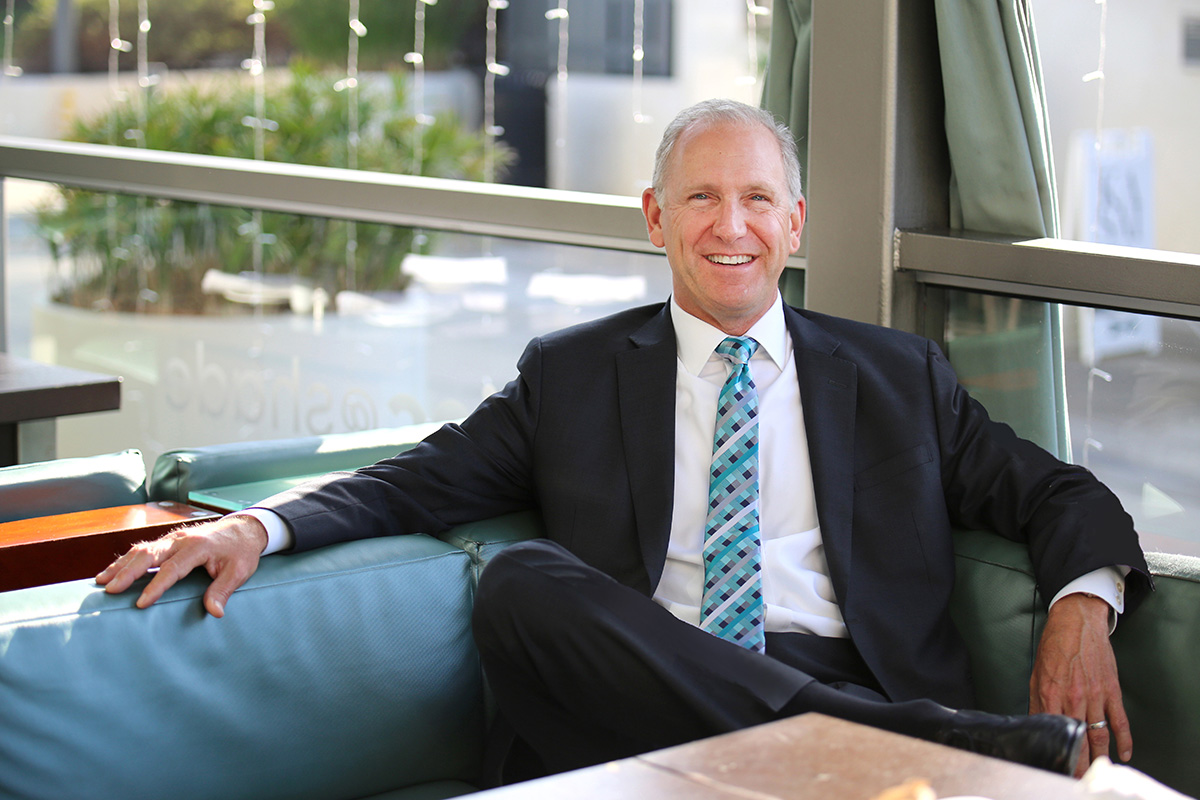There is a key moment near the beginning of our Accelerated Leadership Program (ALP). It takes place shortly after an inspirational and exciting team-building day, where participants get to forge new bonds with each other through shared adventure. These kinds of days tend to have high emotion and genuine bonding, and can be very inspirational. In this environment, resolutions are made and powerful statements declared about what will be different, forever, moving forward.
Inspirational day outings like this too often end up being followed by just another workday, and a return to the old ways of being and doing. This is not through the fault of any person, but the sheer force of inertia. Habitual ways of being and doing normally take prolonged effort to change.
Fortunately for the ALP leadership training cohort, their experience will be different from the norm.Their new insights and realizations are followed by further development training and reinforcing experiences that will challenge them to lean into their resolutions and statements from their adventure outing.
Typically, within a week after the team-building day, instead of returning to business as usual, the group is brought together for another exercise. The assignment calls for each person to rate every other person’s level of engagement in the leadership program.
This activity can create quite a commotion, because many high-performers are not comfortable receiving anything other than the high scores they feel they deserve.
This feedback activity marks the beginning of a new phase in the program. The so-called honeymoon phase of excitement and novelty is over, and the group begins a forthright discussion about just how committed each team member is to their individual growth, and the overall growth of the team. They are challenged to a whole new level of accountability.
In other words, people are forced to consider how they are showing up.
Here, people can reflect on the following question:
Just how committed am I to becoming not only the best I can be in my life and career, but the best I can be in supporting others to be their best?
To this we add another question for consideration:
Why would you ever participate at any other level than 100%?
The Four Different Ways People Can Show Up
The feedback process described above is intended to get leaders-in-development to reflect on how they are showing up in life. How we show up is incredibly important. It may even be “everything.” Why? Because in a world of factors we cannot control, it is something where we can clearly be “at cause.”
Generally speaking, there are four different ways of showing up. Let’s explore them:
The No-Show
The first way of showing up is by not showing up at all. Missing the meeting. Missing the call. Missing the appointment.
So why are we even considering it a style of showing up? Because through the no-show a person is actually influencing the group. If they are expected to deliver something and don’t show up, then the team experiences a setback. If the team isn’t expecting anything from a person, and that person doesn’t show up, the group is still missing out, but it will never know what it has missed. It is missing out on whatever the no-show individual might have contributed.
Therefore, No-Showing is one way of showing up, or showing up in the negative. While it is a low-performing living and working strategy, it still has an enormous impact on a company, a team, and a community.
Checked Out
The second way of showing up is to carry your body to the event or activity – but only that. The image that comes to mind is of the individual who attends a meeting or a workshop and spends the entire time on their phone processing email. Or scrolling social media.
This manner of showing up is very common inside and outside of the workplace, in a large part because we live in an increasingly distracted and attention-fragmented world.
The in-between, neither here nor there, nature of the Checked Out strategy for showing up can be very damaging to the relationship with the individual’s teammates as it sends a message along the lines of “you are not important enough for me to show up.”.
Self-Focused
In this style of showing up, a person has shown up physically – and their mind is present too. Perhaps even their heart, as well…
But this person is participating in the activity at hand with a self-focused agenda.
For example, the company has put together a task force of people to create a new communications policy for the company. While the task force has a leadership team, the door is open for anyone in the company to lend a hand to the effort, which will involve extensive information processing.
John Doe decides to attend the meeting. Though not because he is interested in supporting the effort to develop better communications in the company. He shows up because he is angling for a visible role that may get the boss’s attention.
Whatever the reason is, if the individual is self-focused, then the person in question may be thought of as having their own agenda, and therefore is not engaged effectively with the team as a whole.
If self-advancement is the primary driver of showing up, it doesn’t necessarily help in the process of developing a collaborative, high performance team. Much of the time, team members can tell or vaguely sense that the individual has an agenda.
Fully Present
This is the high-performance leader’s style of engagement. In this style, the person is physically, mentally, and emotionally present. We have touched on this in past articles about vulnerability in leadership. This style of Fully Present showing up is by far the most effective of the four listed here.
This person is engaged with a spirit of helping drive the whole team and the entire organization forward. Their concern and attention is directed toward the group, and their environment. This is not to say these people aren’t interested in their own individual development. In fact, they have a high level of self awareness and emotional intelligence, and realize that the more they lean into servant leadership, putting the group ahead of their own needs, the more personal growth they will actually experience.
The key distinction is that such people are not focused on themselves. They engage with their activities with an enthusiasm and energy that demands they make the project the best it can be for every member of the team.
Conclusion
When going in to work tomorrow (or signing in), consider asking yourself a few questions. Questions like:
- How am I showing up?
- How would I like to show up?
- Am I taking advantage of every opportunity to make a connection with the people around me?
- How can I help drive my teammates’ growth to a higher level?
Every new insight or innovation, every positive we can think of, comes out being present in the moment – for you and your organization. So consider showing up as a fully-present contributor.
After all, we spend a large percentage of our lives at work. Why would we not desire being fully present, and show up as leaders?





